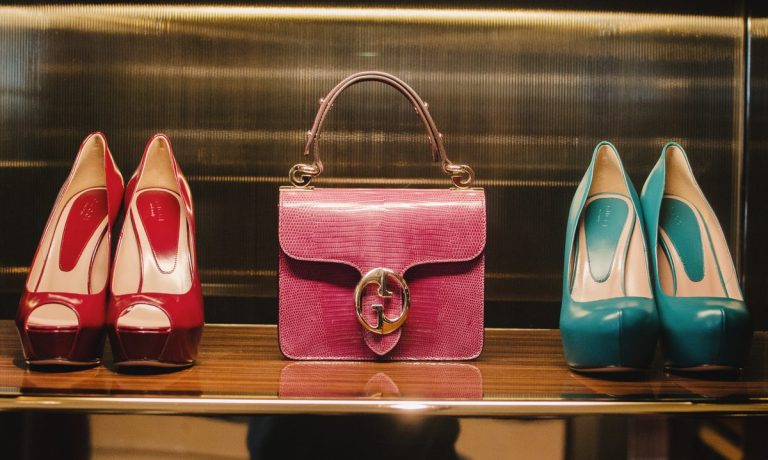
At first glance, it may a surprise that consumer spending remained buoyant into the new year. Inflation has been ramping up, and depending on where you look, supply chains have been buffeted by the lingering pandemic.
Steve Sadove, senior adviser at Mastercard, told PYMNTS’ Karen Webster in a recent interview that overall, “The higher end consumer is still feeling good … and it’s still eCommerce that is driving results.”
The conversation came against the backdrop where earlier in the month, Mastercard released its SpendingPulse data for the month of January. It showed digital sales jumped 10.4% in January compared to a year ago, and grew significantly faster than the total U.S. retail sales estimate of 7.2%. Additionally, Mastercard’s digital commerce data showed sales were up 110%, compared with January 2019 levels.
Apparel, Luxury and Services
Sales of luxury goods saw an overall 45.3% jump, and jewelry sales were up 18.8% year over year in the run up to Valentine’s Day. Sadove remarked that high-end spending has been resilient as higher-income consumers have felt confident in their financial gains, underpinned by robust stock market returns last year.
SpendingPulse found that apparel sales were up 37.6% year over year for January, the strongest growth in the index’s history. Clothing has been a popular good lately as more consumers go back to the office or begin to attend social events.
Sadove said that we’re entering the early phases of a new fashion cycle, and no one’s going to be wearing sweatpants to the office anymore. The move to restock the wardrobe has also helped department stores, with January sales up 10.5% year over year, and 9.8% when compared to pre-pandemic levels.
Strong results for both online and brick-and-mortar spending show that commerce has truly become channel-agnostic, he said, and that consumers are navigating both types of interactions with retailers with aplomb. Spending is also poised to ramp up as travel resumes, especially to theme parks and other vacation destinations.
A Note of Caution
The latest spate of Mastercard data is especially notable as it laps a period where, in 2021, consumers were flush with cash from stimulus payments and tax credits.
However, some caution is merited: The January data is backward-looking, and as cited in a recent PYMNTS report, inflation remains a key headwind to watch as we move forward.
Related: Inflation, COVID Variants Pose Fresh Challenges for Paycheck-to-Paycheck Consumers in 2022
A growing number of shoppers, in fact, categorize themselves as living paycheck to paycheck — more than 60% do, up from the mid 50% level as recently as 10 months ago.
Sadove said supply-chain constraints are fanning inflation, now running at 7%. Wages have increased, he said, but not necessarily enough to keep up with rising prices. That means paychecks don’t stretch as far, and by necessity, cash cushions (in terms of savings) are shrinking a bit.
Truly Going Omnichannel
As the pandemic shows signs of ebbing, digital needs to be an integral part of the shopping experience, even for companies that have significant physical footprints.
Sadove said that there is inherent value in the digital experience, as a company’s website gives instantaneous information on price comparisons, what’s in stock and where, which can make the in-store shopping experience more efficient.
He added that as omnichannel shopping becomes even more firmly rooted, the most important consideration for merchants will be to make the experience frictionless. He pointed to Amazon Go as an example of how consumers don’t need to interact with in-store staff at all, as shoppers simply pay for scanned items and, well, go.
That’s a marked change from the standard department store checkout experience, which has remained unchanged for a very long time. The retail experience can also take a cue from arenas and sports stadiums, where people can check out and initiate cashless transactions from the comfort of their seats — which also cuts down on massive lines.
“Everything’s automated,” Sadove said, referring to those tech-enabled changes, “and so the [on-site] transactions increase. There can be a lot of positive impact from making the experience seamless and better overall for the consumer.”
As he remarked to Webster, “I have a hard time with the concept that commerce is ‘one channel’ or the ‘other’ anymore — among the merchants, the winners are the ones who have navigated and understood how to play within the omnichannel environment.”